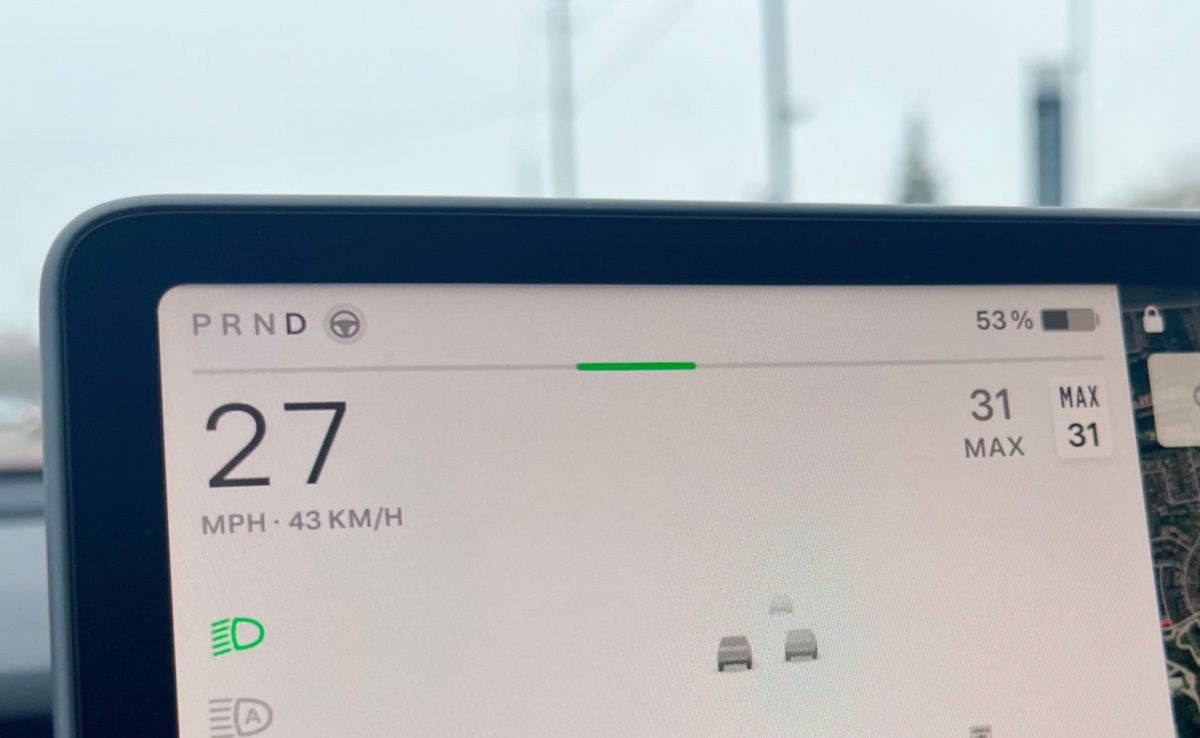If you’ve ever pulled up to a Level 3 DC fast charger in the winter with a cold EV battery, you’re well familiar with the pain of very slow charging. The internal battery temperature needs to be above freezing to accept any meaningful power, and it must be near room temperature (or warmer) to charge quickly. We’ve written previously on the importance of preconditioning an EV before arrival at a DC fast charging station in the cold winter months, but not all electric cars have the ability to actively heat/cool their high voltage batteries.
Yo-Yo’ing an EV is the act of driving it with smooth throttle and regen spikes to build up heat in the battery pack prior to arriving at a DC fast charging station. Instead of a constant speed or coasting, the driver alternates between acceleration and regen by a few MPH in each direction. As far as we can tell, the term was popularized by Bjorn Nyland from (very cold) Norway on his EV YouTube channel.
Electric Resistance and Heat Loss
Electric cars are very efficient at converting electrical energy stored inside the battery into motion, and also very efficient at converting kinetic energy back into electric energy via regeneration. EV efficiency is around 90% compared to ~35% energy efficiency of internal combustion engines. But even the most efficient batteries still have internal electric resistance. When an electric current is conducted through a medium with resistance, some energy is lost as heat. So by rapidly alternating between discharging and charging the battery pack, a small amount of that energy is lost as heat in the battery with each conversion and the battery temperature rises faster than regular driving.
EVs Without Active Battery Heating
Most modern EVs will automatically warm up the battery on the way to a fast charging station. But if you own an EV with no battery preconditioning such as the Chevy Bolt or the Toyota bZ4X, and it was left outside overnight in the winter with a low battery charge, you can still take steps to warm up the battery before DC charging. Ideally, you would have left the car plugged in overnight into a Level 2 charger, but that is often not possible.
If you’ve got enough remaining range remaining, driving on the highway normally for 20-30 minutes will warm up the battery sufficiently to charge faster. Driving on the highway usually requires a consistent load of 20-30 kW from the battery, and some of the energy will be lost a heat and warm the battery. So by giving your car more time on the road, it will charge faster on arrival.
How Yo-Yo’ing Works
Alternatively, if you don’t have a lot of remaining range or a stretch of highway driving, the Yo-Yo trick can warm up the battery faster. Get up to speed, but instead of coasting at a constant speed, modulate the throttle pedal to alternate between bursts of acceleration and regen. It does not need to be nack-snapping fast, and it does not need to change speed by a lot.
Modulating your speed up and down by ~5 MPH every few seconds smoothly is enough to send surges of 10-20 kW through the battery pack and build up heat on both output and regen. Watch the power meter on your dashboard, and let the car spend time in acceleration and regen. Driving like this for 10-20 minutes can increase your battery temperature and lead to faster DC charging sessions.
However, be smart and don’t put yourself or others at risk. Yo-Yo’ing is not practical in heavy traffic and adverse weather conditions. It may also contribute to premature tire wear because of additional friction. We’d recommend only doing this as a last resort option to get a frozen EV to DC charge.
Related
- How to Maximize EV Range in Cold Winter Months
- Tested: Heat Pump in Cold Weather – How much range is lost?
- How to get the most value from DCFC/ Supercharging

